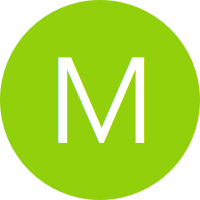
A Flawed Model
One of the fundamental flaws of the Metro is having a single track on to which all 6 Muni Metro lines funnel. The tunnel is over-capacity at peak hours, restricting service and capacity increases below Market Street—and throughout San Francisco.
While the subway is automated and can theoretically support below 2-minute spacing, trains also run above ground competing with traffic, stop signs, and driver variability, and then attempt to merge underground. Plus, a single delay underground can wreak havoc across the entire city.
The result? Traffic, delays, and overcrowding underground...and everywhere else.












